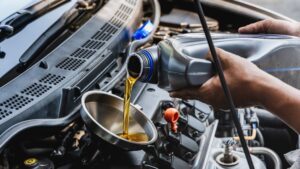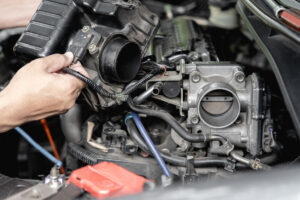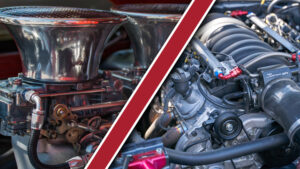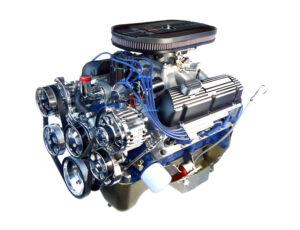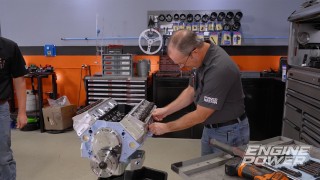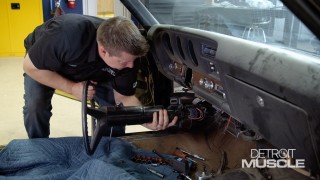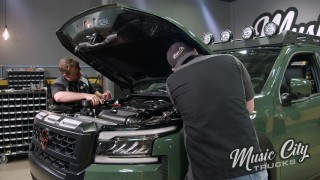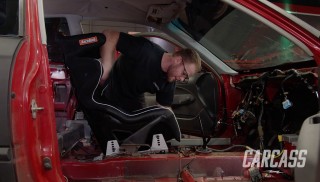Specialty Tools Needed For Engine Assembly
Engine assembly is a time-consuming task. It requires some knowledge, patience, and a good understanding of math and basic mechanics. But if you want to ensure your engine lasts as long as it’s supposed to and performs up to its peak potential, you’ll need some specialty tools to go along with your basics in order to assemble an engine accurately and reliably. These are the tools in the order that you’ll need them.
Up first are a micrometer and a dial bore gauge. You’ll also need calipers, a rod bolt stretch gauge, torquing tools, piston installation items, camshaft degreeing and valvetrain setup, and some cleaners and lubes.
Micrometers will be your biggest expense but they’ll also be very useful. If you take care of them, they should last you a lifetime. Mostly they’re used to measure crankshaft journals and to set up your dial bore gauge. The rod bolt stretch gauge is also a critical tool. It’s used for checking the bolt stretch which is critical for engine longevity and keeping the bolts clamped the way they’re supposed to be.
A quality torque wrench is also essential. You want to make sure to have a 3/8 drive and a 1/2 drive on hand that way you have both ends of the torque range covered. These, again, will last a long time if you take care of them.
When building an engine, clearance ranges depend on the purpose of the engine and how much power it will produce. The rings are also gapped differently depending on if the engine is naturally aspirated, blown, or using nitrous.
The proper way to install a piston and a bore is with a ring compressor. There are several styles to choose from depending on your budget. The first is with a universal band style that uses a square key to tighten around the piston which compresses the ring pack. Next is another band style which is made for specific bore ranges. It uses a pair of specialty pliers to compress the rings. Finally, there are tapered compressors. These are a tapered sleeve that the piston passes through and that’s what compresses the ring. They’re available in adjustable sizes or for specific bore sizes.
Knowing the position of the intake centerline on the camshaft is critical in any engine build. Degreeing tools include a degree wheel, a deck bridge with a dial indicator, and a lobe lift tool that fits inside the lifter bore.
Last, but certainly not least, are cleaners and lubes. Our shops use Brakeleen and lacquer thinner to clean parts, extreme pressure lube and Max Tuff for high wear surfaces, ARP ultra-torque for consistent torque values, and a good old-fashioned can of oil to round it out.

